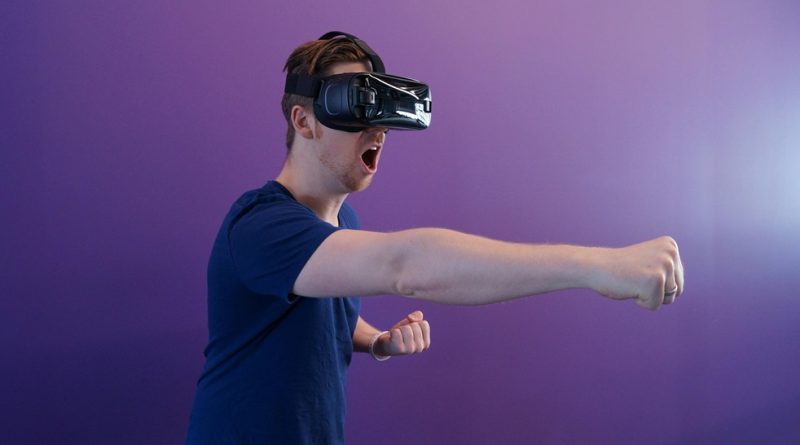Apple Vision Pro vs. Meta Quest 3 vs. PlayStation VR2: Best Mixed Reality Headset Right Now
Mixed reality isn’t science fiction anymore — it’s very real, and very competitive in 2025. With the Apple Vision Pro, Meta Quest 3, and PlayStation VR2, we now have three headsets aiming for different types of users: premium productivity, social gaming, and immersive play.
If you’re thinking about buying one (or just curious how they stack up), here’s a practical breakdown of each — from design and display to ecosystem and use case.
Let’s start with the Apple Vision Pro — the most premium option by far. It’s not just a headset; it’s a full-on spatial computing device. The build quality is best-in-class, the dual 4K micro-OLED displays are breathtaking, and the interface is controlled by your eyes, hands, and voice — no controllers needed. But the $3,499+ price tag makes this a niche product for now. It’s excellent for immersive productivity, media, and app multitasking — especially if you’re already in the Apple ecosystem.
Meta Quest 3 hits the sweet spot between accessibility and functionality. At $499, it’s standalone, lightweight, and now features full-color passthrough, which opens up impressive mixed reality experiences. It’s not as powerful or polished as the Vision Pro, but it’s miles ahead in terms of app variety and social VR. Quest 3 is the go-to headset for casual users, VR gamers, and creators who want to experiment with mixed reality without breaking the bank.
PlayStation VR2 is a slightly different beast — tethered to the PS5, it’s made for pure gaming immersion. The OLED display is sharp, and features like eye tracking and adaptive triggers create a deeper sense of presence. However, it lacks full mixed reality capabilities (no passthrough in color, limited room awareness), and its usage is tied entirely to PlayStation consoles.
In terms of comfort and build, Apple wins — it feels premium and light, with fabric and aluminum. Meta is also quite comfortable but made from plastic to keep it affordable. PS VR2 is front-heavy but manageable during long sessions.
Controllers and input methods are also key:
- Vision Pro has no controllers, relying on hand tracking and voice.
- Meta Quest 3 uses the excellent Touch Plus controllers but also supports hand tracking.
- PS VR2 has dedicated Sense controllers, which offer haptic feedback and adaptive triggers — great for gaming, but less so for productivity or general browsing.
🧠 Use Case Breakdown
| Use Case | Best Choice |
|---|---|
| Mixed Reality Apps & Productivity | Apple Vision Pro |
| VR Gaming (Wireless) | Meta Quest 3 |
| High-End Console Gaming | PlayStation VR2 |
| Watching Movies in Headset | Apple Vision Pro |
| Casual Social VR & Fitness | Meta Quest 3 |
💬 So, Which One Should You Use?
- Go for Apple Vision Pro if you’re after cutting-edge tech, immersive media, and spatial productivity — and the price doesn’t scare you.
- Pick Meta Quest 3 if you want a well-rounded headset with great VR games, decent MR, and loads of social content — at an accessible price.
- Choose PS VR2 if you’re already a PS5 owner and want a console-quality VR gaming experience without getting into productivity or mixed reality.
Each headset nails a different use case. It’s less about which is “best,” and more about what you’re looking to do inside the headset.




